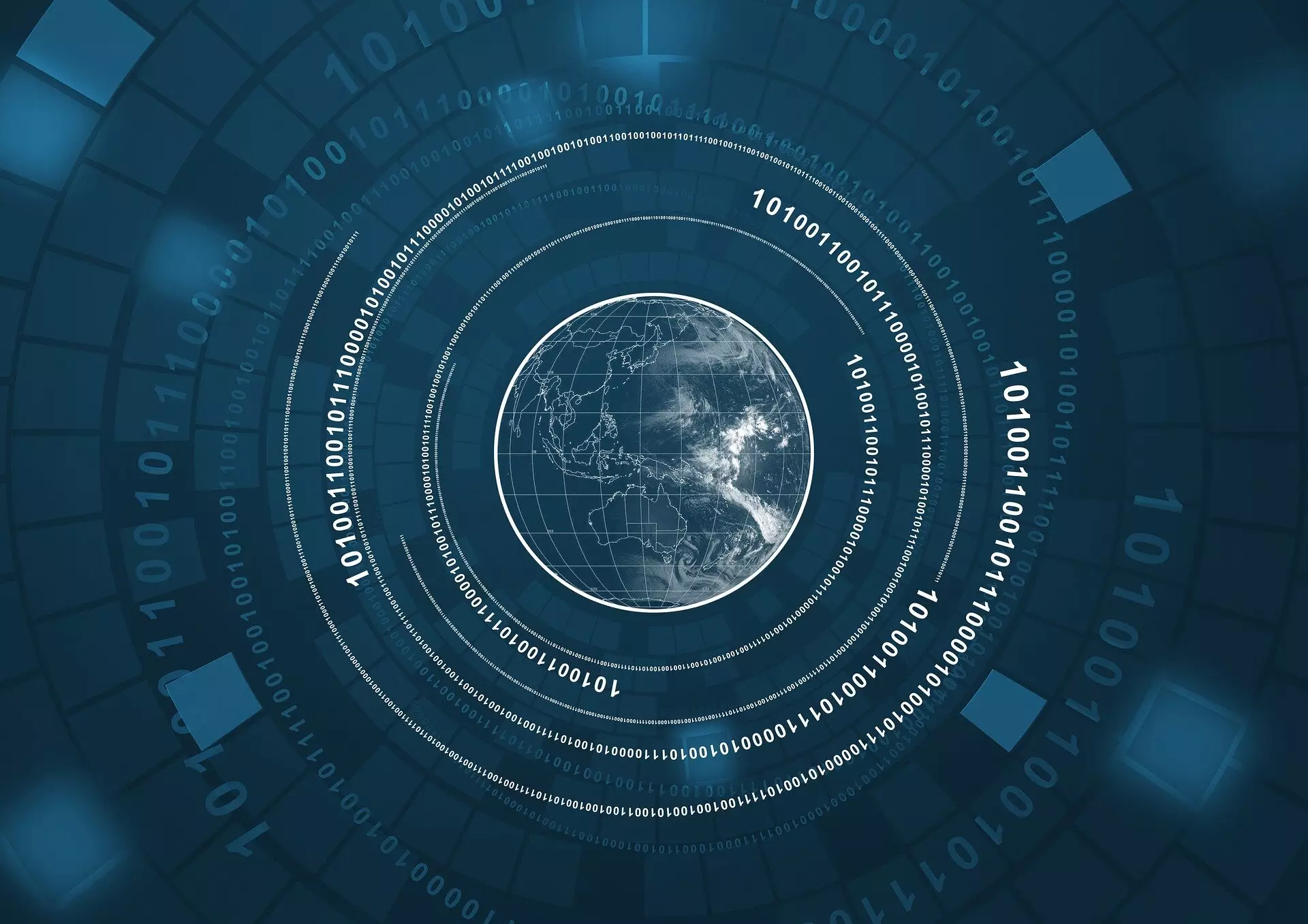In recent years, artificial intelligence (AI) has experienced significant growth, leading to various industries automating processes and enhancing operational efficiency. A recent feature article in the AIChE Journal delves into the challenges and benefits of utilizing Intelligence Augmentation (IA) in process safety systems. The article, authored by a team of esteemed professionals, highlights the importance of integrating AI and human intelligence to improve safety outcomes in industrial settings.
Dr. Faisal Khan, along with other key contributors, emphasizes the need for a comprehensive framework that combines AI and Human Intelligence (HI) to enhance process safety. This approach aims to leverage the strengths of both AI and human expertise, rather than replacing one with the other. By integrating IA strategies, organizations can minimize risks, increase safety levels, and optimize operational decision-making processes.
Challenges in Implementing AI and IA
While the benefits of incorporating AI and IA in process industries are evident, the research also identifies several key risks associated with these technologies. AI-related risks include data quality issues, overreliance on AI, and training challenges. On the other hand, IA risks involve human error in feedback, biased judgment, and complexity in implementation. Recognizing these challenges is crucial in developing robust risk management frameworks tailored to industrial applications.
The Role of Human Intelligence
Dr. Yuhe Tian’s perspective on using AI in process plants underscores the importance of human intelligence in conjunction with AI technologies. Human decision-making plays a critical role in ensuring the accuracy and reliability of AI responses. By combining AI’s data-driven insights with the broader considerations offered by human intelligence, organizations can achieve a more holistic approach to process safety.
Dr. Khan’s belief in the complementary nature of AI and human intelligence highlights the potential for significant advancements in process safety. By analyzing real-time data, predicting maintenance needs, and identifying faults, AI can enhance operational efficiency. However, the IA approach, which incorporates human decision-making, is equally important in reducing incident rates, lowering costs, and improving reliability.
As the field of AI continues to evolve, the collaboration between AI and human intelligence remains crucial for advancing process safety in industrial settings. By exploring the intersection of AI and IA, organizations can leverage the strengths of both technologies to address safety challenges effectively. The ongoing exploration of this synergy will not only enhance AI’s capabilities but also ensure the development of reliable and trustworthy AI systems tailored to industrial applications.


Leave a Reply